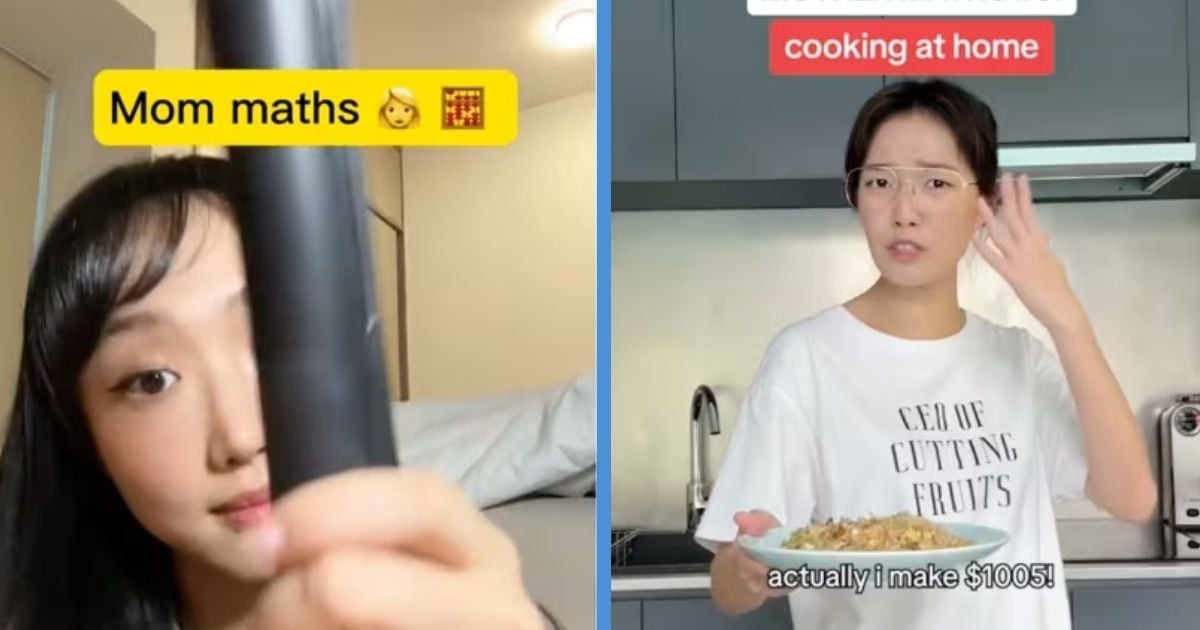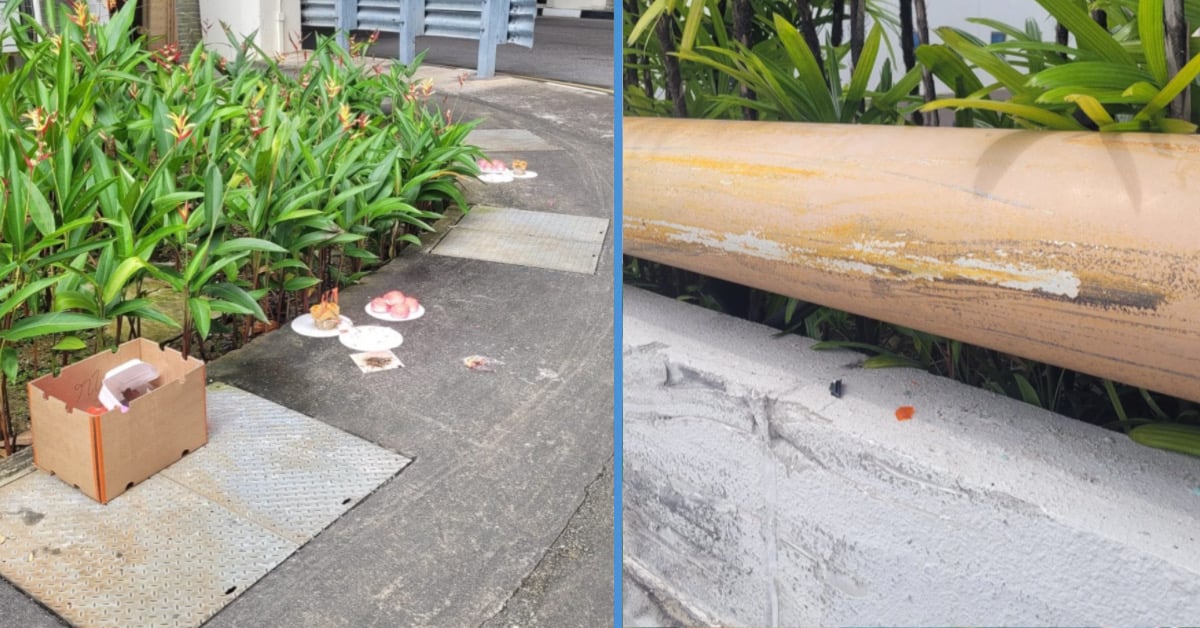If you are a maths teacher or a person who has a low tolerance for black and white, you may want to stay off TikTok for a while.
If not, risk vomiting some blood or crying uncontrollably.
There have been trends of #girlmath #boymath and other types of maths.
It’s safe to say that none of these maths actually add up properly, the way maths should actually be.
Now, the new trend is #mommath, a spin-off of the viral #girlmath.
And we have to say that this trend is tickling us to no end. It’s really like seeing a copy and paste version of your own mother.
Here is what #mommath is about. We are sure you will spot some familiar calculations here.
“Mom Math” Takes the Internet as It Shows How Mothers Make Calculations
If you grew up in Singapore, the chances are that your mother has told you to go and study.
And better yet, they may have bought you multiple maths assessment books so that you grow up to a genius.
Now, the “mom math” trend that is going viral on the internet may expose just how much our own mothers needed those maths assessment books.
For those who are unaware, “mom math” is basically an idea where mothers share how they calculate the time needed to do things or how they justify spending money on certain items.
It sure sheds lots of light on how mothers think and the mental load they bear taking care of the children and running the household.
A local influencer by the moniker of @midiforreal explains what “mom math” is while doing up her hair with a hair straightener.
Watch this video as she breaks down the concept for you.
As the influencer puts it, a mum who spends money on toys that her baby loves or clothes that her baby feels comfortable thinks that the clothes are basically free.
Nothing like a mother’s love right here.
If the mother spends a dollar on her husband, she loses one million.
But on the flipside, if the mother swipes her husband’s credit card for a purchase, it’s basically free.
Does this make sense to you? If yes—you’re ready to be a mum!
Now, if you are confused about what this trend is about, basically it stemmed from the “girl math” trend where girls would find ways to rationalise their spending habits.
For example, some people break down the cost of a purchase based on how many times they wear the item, therefore making the item “free”.
While some people do this for fun, others may find themselves seriously overspending if they are unable to separate their finances properly because of such quirky ideas.



